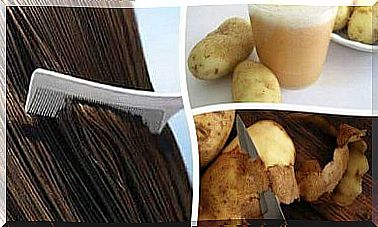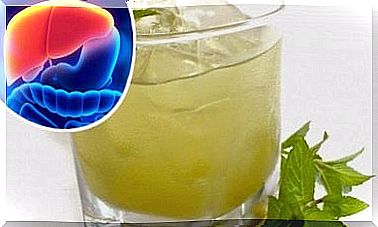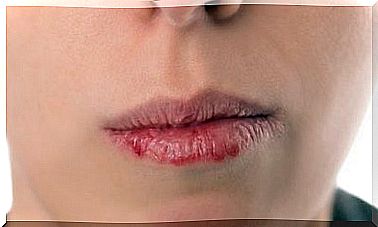Three Natural Soaps You Can Make At Home

Homemade natural soaps have become quite popular. They are made from herbal extracts and essential oils, along with vegetable and animal fats. And they are good for you! The properties of the soap vary depending on the ingredients. For example, some can be very stimulating and others can be relaxing.
The benefits of natural soaps
The major difference between homemade natural soaps and products made on an industrial scale is their production. Artificial soaps contain many synthetic ingredients, like most other cosmetics.
However, this is not the case when they are made from natural ingredients. Here are some benefits of using natural soaps as opposed to commercial soaps:
- They contain glycerin. Glycerin is very good for your skin and hair. However, this is not used in synthetic soap. The reason? So that it can be sold separately. As a result, they lose many of their great qualities.
- They contain no chemicals. In general, chemicals are added to make it more foamy and for the fragrance. However, they can also cause allergic reactions and irritation.
- You can adapt them to your own needs. Depending on what skin problems you have or what you are looking for in a soap, you can decide for yourself which ingredients to use. There is a wide variety of ingredients, each with their own healing properties.
- Y ou can be sure of the quality of the ingredients while also protecting the environment by not contributing to the pollution caused by commercial processing.
Natural soaps to make at home
1. Soap For Acne

When looking for ingredients to treat your acne, consider the following ingredients:
- Clay
- Thyme
- Turmeric
- Bio-sulphur
- rosehip
Here are the steps to follow to make thyme soap for acne.
Ingredients
- Pigment
- Dried thyme
- Thermometer
- Olive oil
- Lye
- coconut oil
- Rectangular Shape
- soap cutter
- Demineralized water
- almond oil
- Essential thyme oil
- Gloves, safety glasses and a protective mask
Preparation
- First, mix the water and lye in a large, heavy-bottomed pan. The mixture will be exposed to very high temperatures. So stir gently without splashing, it’s best to cover your skin while stirring.
- Then heat the oil in another pan to about 40°C.
- Mix the two mixtures once the temperature has reached 40°C to 50°C. Add the oil first, followed by the lye and water, then stir with a whisk for a few minutes.
- Add the thyme oil and food coloring (optional).
- Pour into the mold and decorate with thyme. Cover until dry, it may take between one and three days.
- Remove it from the mold, slice it and store it for a month or 40 days to saponify.
2. Soap with olive oil
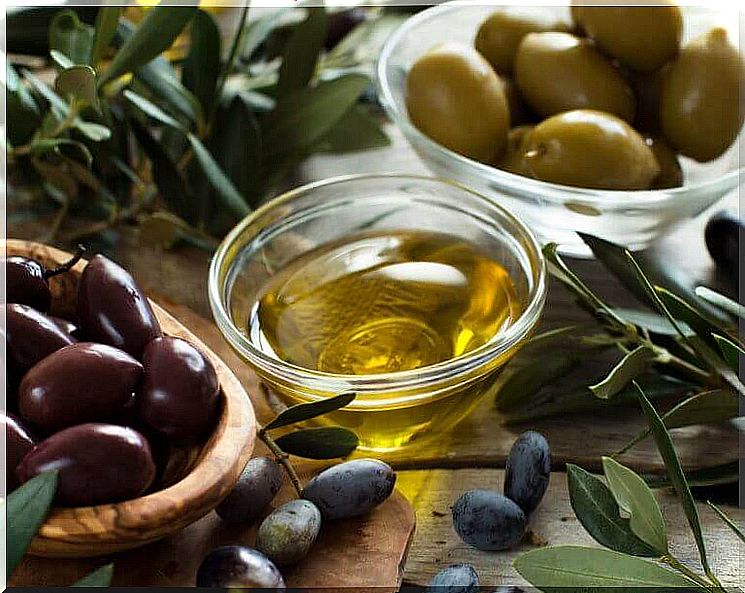
Did you know that olive oil can also be used to make soap? It helps balance the water and fats that make up your skin and allows it to defend itself against external disease-causing microorganisms.
Ingredients
- 1 liter extra virgin olive oil
- 300 ml water (1 cups)
- 125 g lye (½ cup)
Preparation
- Add the lye to the water little by little, stirring, as described in the first recipe. Again, be very careful not to burn yourself as this mixture will reach very high temperatures.
- Then heat the oil in a pan until it reaches a temperature comparable to that of the first recipe (it should not be too high).
- Mix both mixtures very carefully, stirring continuously, preferably with a whisk.
- Then keep it on low heat and stir for about 30 minutes. When it becomes firmer, turn off the heat.
- Keep stirring without any heat until it reaches a consistency similar to a paste. At this point, add whatever herbs or essential oils you want to use.
- Now place it in the mold. Once it has solidified, remove it from the mold and saponify.
3. Natural Green Tea Soap
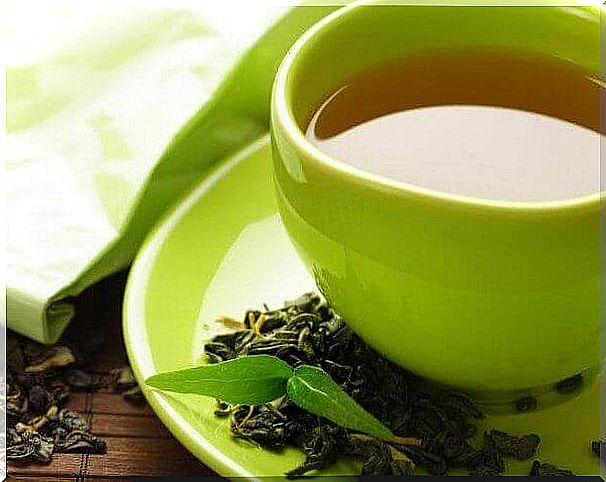
In addition to its many health benefits, green tea can also be used to make soap. What properties does it offer? It is extremely moisturizing and packed with antioxidants.
Ingredients
- 450 g coconut oil (3 cups)
- 80 g olive oil (8 tablespoons)
- 300 g shea butter, also called shea butter (2 ½ cups)
- 125 g lye (½ cup)
- 320 ml deionized water (1 cups)
- 30 g green tea or camellia oil (3 tablespoons)
- 10 g green tea powder (1 tablespoon)
- Green tea aromatic essence (as desired)
- cans
Preparation
- As with the previous soaps, first combine the lye with the water and stir well.
- While the previous mixture cools, melt the shea butter and coconut oil in a saucepan. When it is almost melted, add the olive oil and then turn off the heat.
- Then weigh out 30 grams of oil and 10 grams of green tea powder to add to the mix. This is used at the end.
- Pour the oil into a large bowl. When the water and the lye mixture have come to room temperature, mix them with the oil while stirring. Stir gently with a whisk.
- When the texture resembles a paste, add the powder and oil, stirring constantly. Then add the aromatic essence as desired.
- Then pour the mixture into the mold and sprinkle green tea powder over it. Let it dry for 24 hours and then take it out of the mold.
- Then cut it into bars and let it saponify for 4 weeks.
Finally, we should mention that your workspace should be well ventilated. The combination of acids can have harmful effects if they are not dispersed quickly.
Aside from the safety recommendations, making this soap is easy. Within minutes you have a natural soap that is perfect for soft, protected and hydrated skin.

